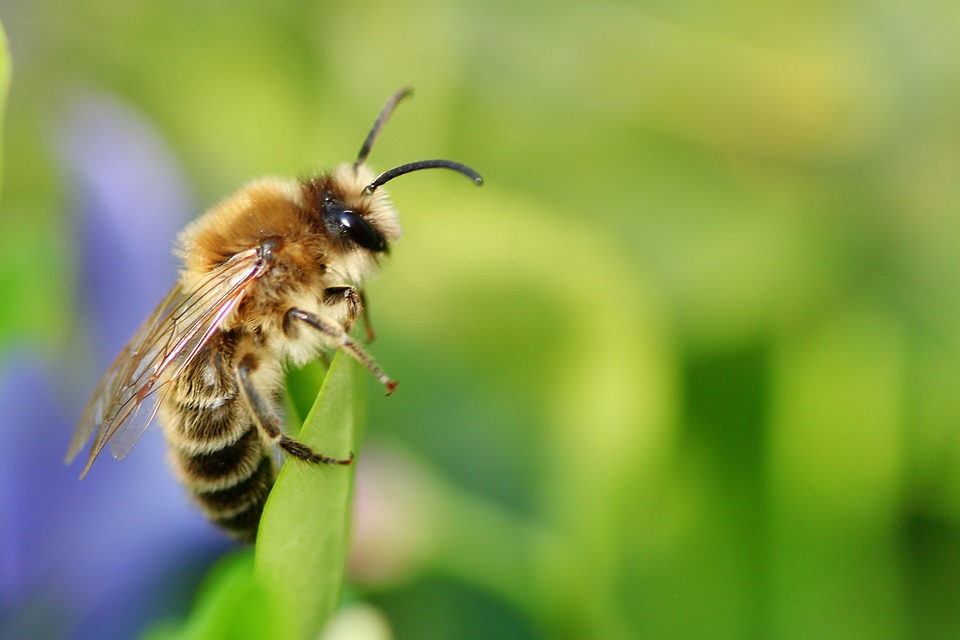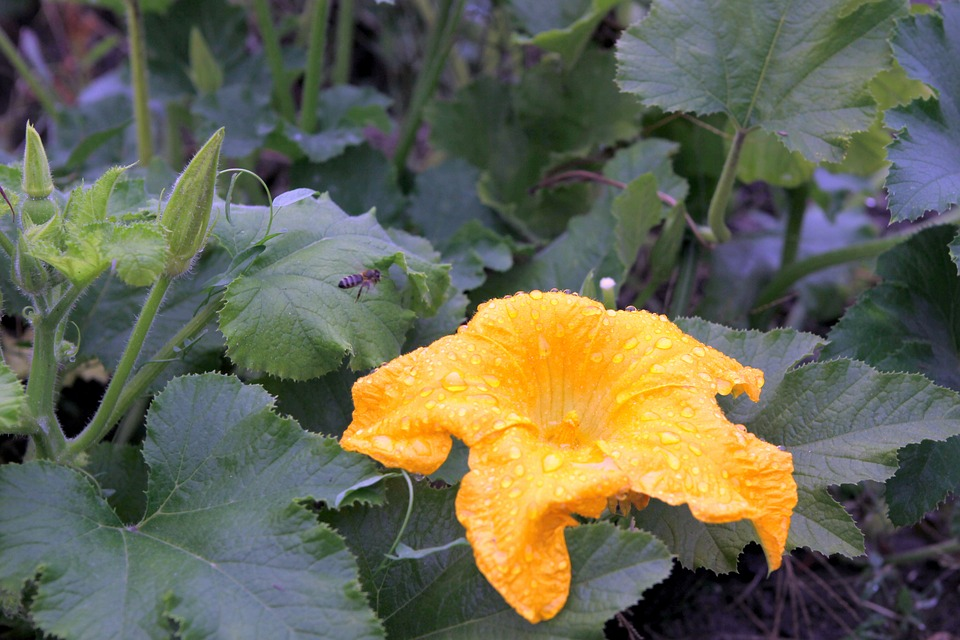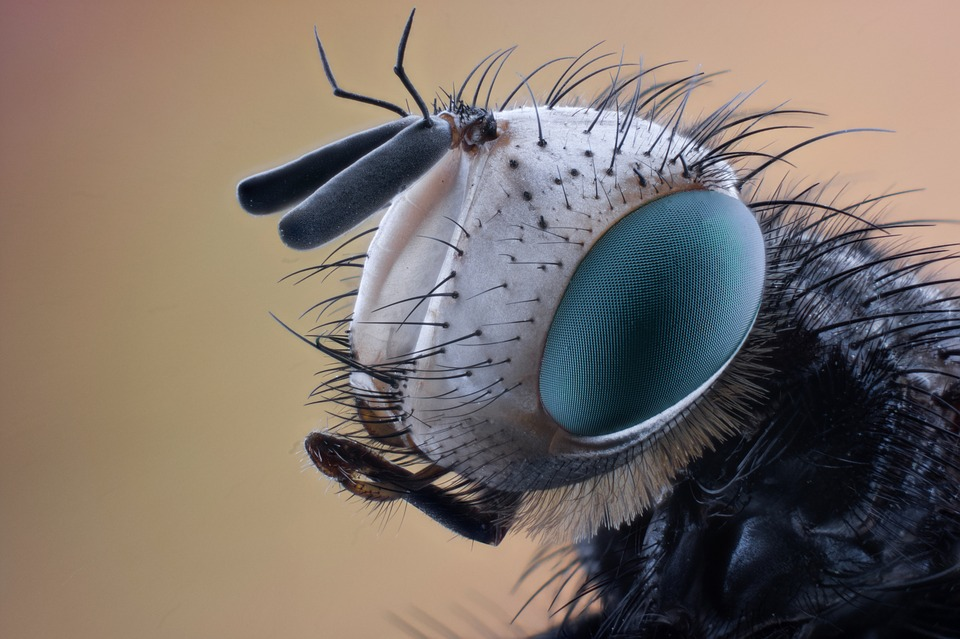The ten most common bees indexed by grace
1. Bumble Bee
The big winner of the beauty debate. It's part of the resistance—queen of all queens. The furthest, plumpest a giant bee is the wasp. These females are called bumblebees for the same reason as most other bees. Its bubbles are its most distinctive feature. If we love clumsy puppies and kittens, we must also love clumsy bees.
2. Pumpkin Bee
Like the plump little blueberry bees, pumpkins are specialists in flowers, in which case they specialize in many squash blossoms. Just like blueberry bees, these bees evolved because we grew squash. What gives them an advantage over the blueberry bees is that the squash bee is more expressive, and plump,4. Carpenter bee and fuller than the blueberry bee, and we all know that the three things that make bees the most adorable are their large, furry, plump ones. each one.
3. Western honey bee
The western honey bee matriarchy is one of the most valuable and famous matriarchies globally. These extraordinary little workers are the world's most valuable natural pollinator and the only widely domesticated bee. I can't put excellent fuzzy, farm-worthy little honey growers on this list. Honey bees are amazing, they are solid and resilient, and they are one of the only animals in this world to which humans have adapted, not the other way around.
4. Carpenter bee
Carpenter bees are soft, big, clumsy buffoons. They often drill through wood and nest in trees like a solitary bee, so parts of your home may be compromised, but a home is easy to make, and if you have trees nearby, they will prefer them over intricately treated wood. . your home. Carpenter bees are giants and can look great with their large tree-chewing jaws, substantial slow motion, dark bark, and bare bellies.
But if you've encountered carpenter bees before, you'll know that these suckers are nearly blind and often arouse my emotions in daylight. These bees are vastly more potential to light on you or accidentally collide with you than to sting you, and that, plus their status as absolute units, makes them adorable if you ask me.
It was first found around blueberry plants. As humans brought blueberries into their larger, more abundant modern forms, these bees naturally got bigger, fuller, and more prosperous. Ideally suited to the bellflowers of the blueberry bushes, these bees would be the top predators of the blueberry food chain if they were not vegetarian pollinators, and I did not create this food chain. These bees get some bonus points for fatness, novelty, and loyalty. Well done, blueberry bee!5. Wild martini bee
Also known as the European Black Bee, these bees are one of my favorites, their common cousin. Almost all the features of these bees are similar to Western bees, except that they come from Germany, have dark black and yellow hairs, and are slightly larger.6. German black fly
We have these little loves, bee. Digging bees live up to their names by building nests in the ground. Because they are one of the most popular species of bees, they lose most of their beauty here. Of course, like ordinary insects, you can quickly build a nest for them, but they can still interfere with you.7. Digger bee
8. Masonic bees
From this point on, things get more complicated, and here's a simple overview of Mason Bees. Mason bees are adorable, and their carp come in a variety of bright colors, but they burrow into hollow branches filled with dirt logs and fly very fast, so it's easy for anyone if they don't pollinate. Another animal to make a mistake. Bee
They get a bonus that does not mean pitying people, so people with allergies to bees should not worry! Although they are bees, they are one of the few species where you can build inexpensive homes if part of your property is filled with enough dirt for them.
9. Leafcutter bees
Leaf-cutting bees are excellent but not so cute. This does not mean that not everything can be one or the other. There are just many things that are different from what usually makes bees attractive. If bees are classified according to their characteristics, the productivity of leaf cutters and single scales is more than cute.
Leaf cutters are calm bees, they are smooth, black and white instead of black and yellow, and they chew the leaves to create a gateway to their habitat. But they look a little unpleasant because they need large jaws to chew the leaves, which means you have to be afraid of most bedbugs that will bite you. Of course, like a bee, the sting of a leafcutter is their weapon, and you will probably never find it.
10. Sweat bees
I know I've talked a lot about bees, and I mean, not every species is perfect, so sweaty bees are an example. Let's face it - these girls - and their imitators - are annoying.
They are always a vital piece of the ecosystem because they are both excellent pollen. Still, the sweat bee's obsession with licking human sweat is at least a little scary and primarily scary because it constantly surrounds you. It has a little taste in the middle of your missions.
Also Read: Kids Education















1 Comments
elsas coloring pages
ReplyDelete